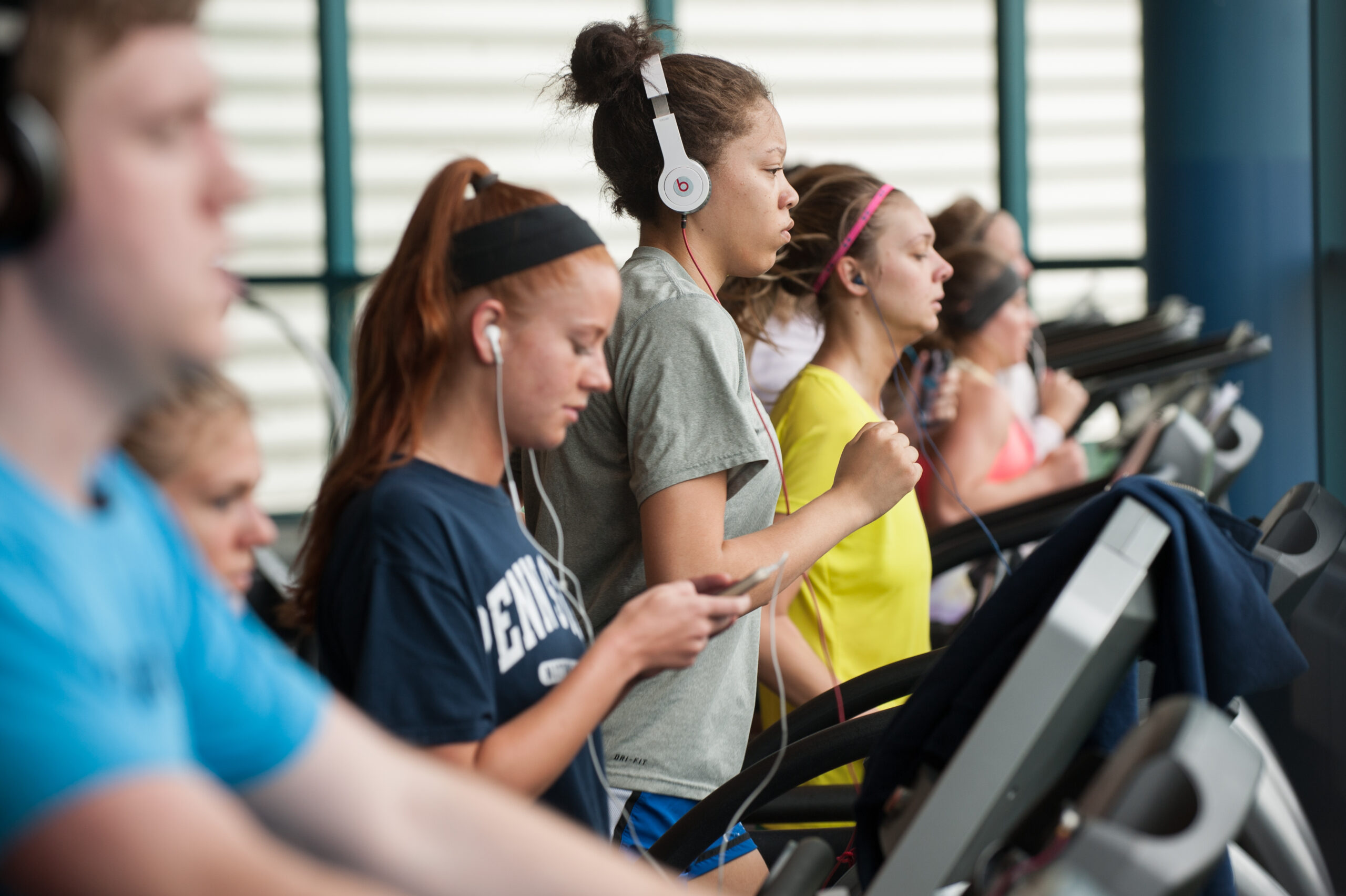by Erin Cleavenger
Newsroom@DominionPost.com
Fatigue, poor endurance, shortness of breath, muscle aches, and general loss of balance and strength are all common post-COVID symptoms reported to the Centers for Disease Control and Prevention by people who have recovered from the virus after testing positive. Even those who did not contract the virus may be experiencing some of these symptoms from extended periods of staying at home.
“We still don’t know the complete impact on the heart, the brain, the lungs, the kidneys,” said Lincoln Kinkade, physical therapist and owner of the local Fyzical Therapy and Balance Centers. “What we do know at this point is that about 10 percent of the people affected by COVID are going to have symptoms for months and months.”
Regardless of age and health before COVID, it is important to make sure that you have been medically cleared by your treating physician to resume or return to normal activity, especially exercise.
“We don’t know how long it will last for some people, but it is over a year at times for other people. So making sure you have been medically cleared is very important,” said Kinkade. “For me, the number one key is a gradual return to activity.”
Whether returning to exercise on your own or under the supervision of a physical therapist or exercise specialist you want to make sure you aren’t experiencing any chest pain or severe headaches. It is important to listen to your body, add a little bit at a time and don’t be in a hurry.
If you have excessive soreness or feel completely wiped out the next day, it probably means that you went too far.
“Exercise is medication,” Kinkade said. “Your body is designed to heal, but we have to find an appropriate dose of exercise that allows you to challenge yourself without becoming completely overwhelmed and causing a setback.”
If you are a senior citizen, Kinkade suggests connecting with your local senior center about exercise facilities available locally. “If you are looking to get out and really try something different, connect with your local senior center,” he said. “The benefits of exercise with a group of people, the accountability, and just enjoying yourself and having that community is important.”
Kinkade said 10 to 15 minutes of very light cardiovascular/endurance style aerobic exercise is good to start. That does not have to be continuous activity. It could even be walking around a room for two to three minutes at a time.
“People underestimate the value of walking, which is one of the best low threshold exercises for any person of any age,” said Kinkade. “If you walked for two minutes this morning and feel great, walk for two and a half minutes in the evening. If you walked for 10 and don’t feel anything, up it to 15 minutes. The important thing is to listen to your body.”
Kinkade will start his patient’s on a light exercise regimen for three to five days and gauge their body’s response. He then starts some low intensity strengthening which includes easy exercises that could be done at home like simple bicep curls or partial squats holding onto a kitchen or bathroom sink to help with balance.
“Take it easy and go into these things slowly. Just make sure to listen to your body,” he said.
If you are recovering from COVID or are wanting to begin a regular exercise regimen, it is important to speak with a doctor, physical therapist, or exercise professional to help you find the appropriate type and amount of exercise for your body.
TWEET @DominionPostWV




